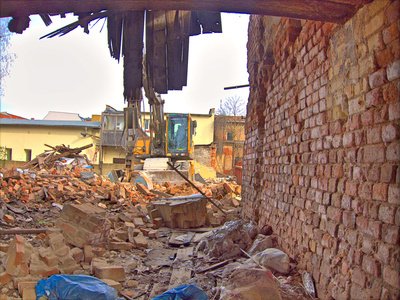A European Environment Agency (EEA) briefing, published today, investigates how circular economy principles can enhance the benefits of building renovation. It finds that, through 2050, circularity can significantly reduce the use of materials and contribute significant additional reductions in the CO2 emissions embedded in Europe’s buildings.
Buildings consume a lot of material resources and energy, and therefore play an important role in Europe’s environment and climate policy. Embedded emissions, which account for emissions released from the extraction of natural resources and their processing to building materials, make up almost a quarter of the life cycle emissions of the current EU building stock.
The EEA briefing ‘Building renovation: where circular economy and climate meet’ analyses the benefits of using circular economy principles in Europe’s renovation wave, which means keeping materials and products in use as long as possible and efficiently reusing or recycling all waste.
According to the EEA briefing, avoiding the use of new building materials holds a great potential for climate change mitigation. The most effective circular renovation actions to save CO2 emissions and material use include extending the lifespan of existing buildings, for example through repairs and retrofitting instead of demolishing, and using buildings more efficiently, for example by making spaces multifunctional. These actions would reduce demand for new construction, which requires much more materials than renovations.
Moreover, ambitious circular renovation strategies, such as using materials that are recycled or designed for disassembly, could cumulatively reduce approximatively 650 million tonnes of materials and save substantial amounts of CO2 from 2022 to 2050, if the strategies are implemented through renovating the EU building stock.
The European Commission is currently developing an EU Roadmap for the reduction of whole life carbon of buildings. Life cycle emissions are also addressed in proposals to revise the Construction Products Regulation and the Energy Performance of Buildings Directive.










